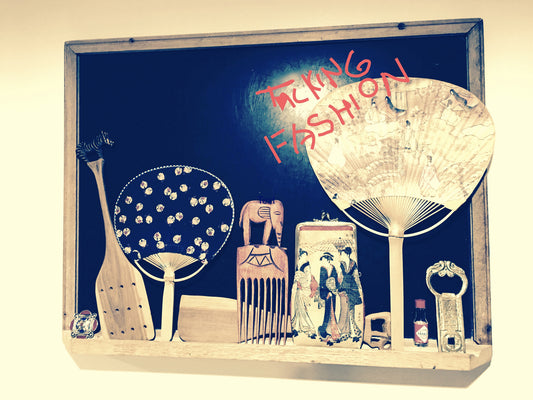talkingfashion
Cinco de Mayo
"Kick up your heels, wear some flowers and jangle your bangles for Cinco de Mayo" Ink and watercolor Art by Nancy Smeltzer @nancy501
Cinco de Mayo
"Kick up your heels, wear some flowers and jangle your bangles for Cinco de Mayo" Ink and watercolor Art by Nancy Smeltzer @nancy501
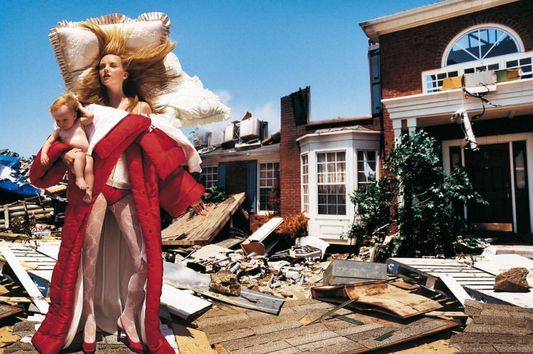
Photo Vogue Festival 2017 is coming up soon
Opening week: Nov 16-19 in Milan “Fashion & Politics in Vogue Italia” exhibition's juror Judith Thurman wrote “It’s snobbish and provincial to dismiss fashion as mere frivolity. It occupies too great...
Photo Vogue Festival 2017 is coming up soon
Opening week: Nov 16-19 in Milan “Fashion & Politics in Vogue Italia” exhibition's juror Judith Thurman wrote “It’s snobbish and provincial to dismiss fashion as mere frivolity. It occupies too great...
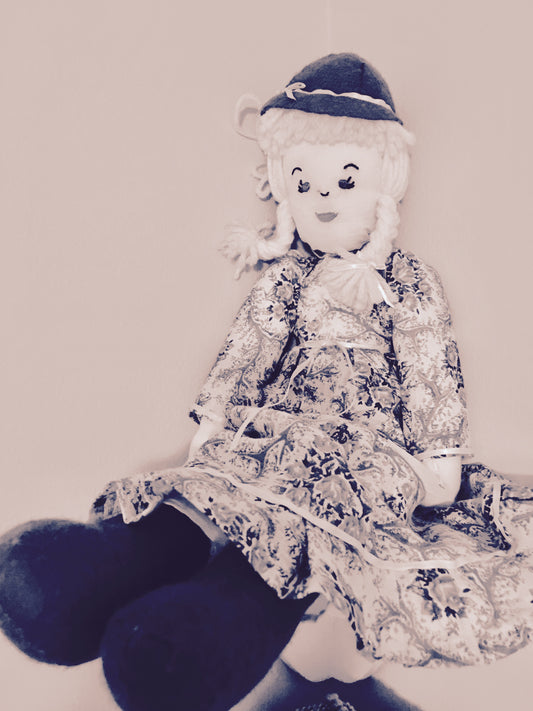
Paper Dolls are so Darling
Just found some pretty fashion creations and want to share with all peeps out there who admire illustration art, specially Paper Dolls. This talented woman, Melissa Jacie offers her creations online with...
Paper Dolls are so Darling
Just found some pretty fashion creations and want to share with all peeps out there who admire illustration art, specially Paper Dolls. This talented woman, Melissa Jacie offers her creations online with...
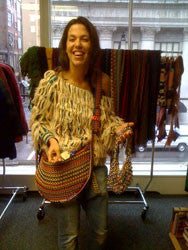
luxboheme published back in 2009
I just found this story local news "Columbus Underground" did on luxboheme back in 2009. Read it here: http://www.columbusunderground.com/first-lux-boheme-bazaar-on-sunday That bazaar over Brioso was super fun! It was a great turnout with...
luxboheme published back in 2009
I just found this story local news "Columbus Underground" did on luxboheme back in 2009. Read it here: http://www.columbusunderground.com/first-lux-boheme-bazaar-on-sunday That bazaar over Brioso was super fun! It was a great turnout with...
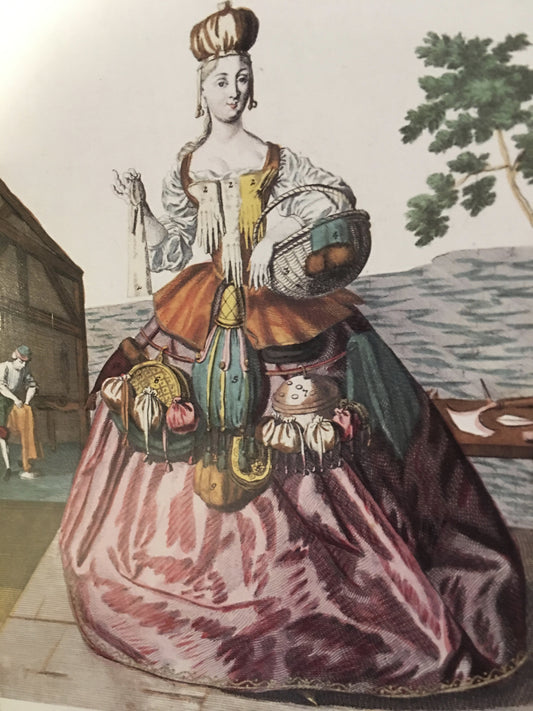
talkingfashion of today: History of Bags
Ok... this post will be one of those "in-progress" posting. There is so much to cover here and I will edit as I find the right combination of time and...
talkingfashion of today: History of Bags
Ok... this post will be one of those "in-progress" posting. There is so much to cover here and I will edit as I find the right combination of time and...
